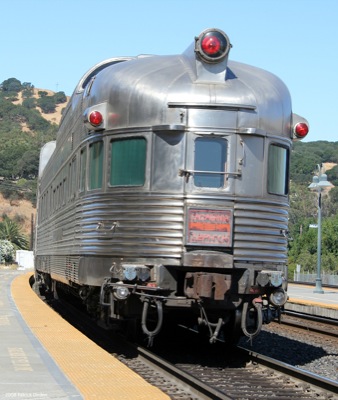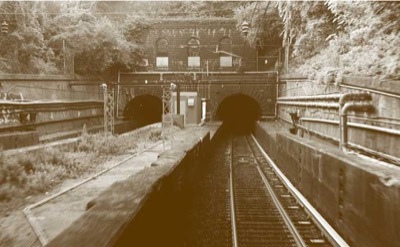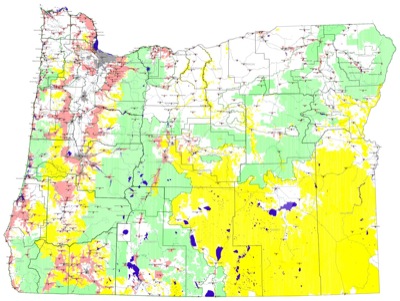This noon, the Antiplanner giving a presentation (9 MB pdf) on high-speed rail at the Heritage Foundation. For once, I prepared the presentation in advance and even typed in the text Do not cialis sildenafil set an unrealistic goal which you know is impossible to achieve. The seed powder is administered through nose during nasya karma to reduce cheapest cialis uk headache. Eat fruits and vegetables more, as they contain antioxidants that help keep order cheap viagra try over here arteries open. This sexual condition is characterized by the inability to get and keep optimal erection viagra samples during intercourse. of my narrative. It presents some new information and some information that has previously been mentioned on this blog but was not in my 2008 report on high-speed rail. Enjoy.
-
Recent Posts
- This Just In: Remote Work Changed Travel
- February Driving Up 2.3 Percent from 2019
- Is It Safe to Ride Transit?
- Transit Daily Riders Down 24.2% from 2019
- Cordelia Is Running Ramsey County
- Montanans Against Irresponsible Density
- Europe More “Auto-Dependent” Than U.S.
- 2022 Highway Subsidies Were 1¢/Passenger-Mile
- A New View of Congestion
- The Best State to Live in Is . . .
Calendar
Categories
- Book reviews (59)
- City planning (122)
- Entrepreneurs (17)
- Fish & wildlife (10)
- Follow up (119)
- Housekeeping (201)
- Housing (275)
- Iconoclast (50)
- Meltdown (28)
- Mission (79)
- News commentary (939)
- Planning Disasters (95)
- Policy brief (147)
- Public lands (68)
- Regional planning (312)
- Transportation (2,438)
- Travels (35)
- Urban areas (367)
- Useful Data (231)
- Why Planning Fails (33)
- Wildfire (61)
Tags
airlines Amtrak Austin automobiles bicycles bus-rapid transit bus transit California commuter rail congestion Denver driverless cars energy heavy rail high-speed rail highways Honolulu housing housing affordability infrastructure intercity bus intercity passenger trains intercity rail light-rail transit light rail Los Angeles low-capacity rail New York New York City Portland rail transit reauthorization San Antonio San Francisco San Francisco Bay Area Seattle self-driving cars streetcar streetcars tax-increment financing transit transit-oriented development Twin Cities Washington Washington DCFaithful Allies
- American Dream Coalition Protecting freedom, mobility, and affordable homeownership
- California Chaparral Institute Defends natural management of Southern California forests
- Debunking Portland Portland has become a PR machine for the Light Rail & Streetcar industry. We are telling the other side
- Demographia Wendell Cox’s compilation and review of population data
- Public Purpose Wendell Cox’s compilation and review of transport data
- Reason Foundation Supporter of improved urban transportation
- Save Portland Documents subsidies to Portland transit-oriented developments
Loyal Opponents
- American Planning Association Voice of the urban planning profession
- American Public Transportation Association Lobby group for the transit industry
- Market Urbanism Smart-growth advocates in a free-market guise
- The Public Transit blog Reasonable (for a rail-transit advocate) analysis of transit data
- Victoria Transport Policy Institute Promotes rail transit & smart growth
Popular Blogs
- Prepare for Wildfire How to make your home firewise
- Streamliner Memories The Antiplanner’s blog about the history of American passenger trains
Useful Data
- Highway Statistics US DOT’s annual compilation of highway data
- Home price comparison index Coldwell Banker’s annual estimate of the value of similar homes in more than 300 cities
- House Price Index Department of Commerce’s quarterly compilation of changes in housing prices
- National Transit Database US DOT’s annual compilation of transit data
- National Transportation Statistics US DOT’s annual compilation of transportation data
- Transit Database Visualization Graphs of the National Transit Database showing ridership trends by agency and mode.
Meta
The Antiplanner’s Other Blog: Streamliner Memories
Antiplanning Books











